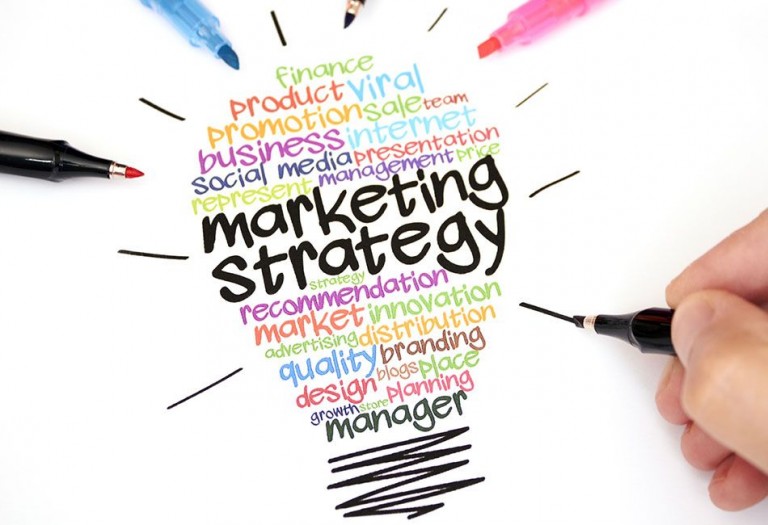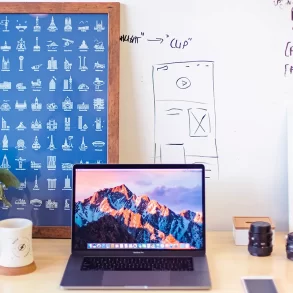Promotional products are a great way to demonstrate your brand’s flair and value. If you think about many of the world’s iconic brands from Google to Virgin, they utilize some form of product promotions into their marketing strategy to increase awareness and to leverage free promotion through the ambassadors of these products. Many people tend to get the execution of the strategy wrong which renders their efforts to the waste pile. To ensure your promotional product campaign is successful, we recommend following the successful examples of other businesses.
Google has been one of the major businesses to lead the way in product marketing. When targeting their clients, they always offer strong incentives to win their merchandise, which could have been a tablet, a phone or a laptop. Aside from the more high-end products, their offices continually give out stationery, bags and kitchen accessories to customers and prospects who then advocate the Google brand for them. Their commitment to product promotional marketing helped to build strong relationships with re-sellers and clients and also helped to forge their brand’s competitiveness in the world of search marketing.
Samsung
Known as one of the leading electronic manufacturers in the world, Samsung is always looking for ways to improve their stronghold in their market. A key factor in their branding success is in their pre-launch strategy. Creating buzz around their new products that will hit the market. With their agency, they invested in branded merchandise that their market audience would continually use. Examples of these included USB, international chargers and notepads. The success from this type of promotional activity included an increased brand recall, improved brand trust and an increased awareness of their product.
25 Free Great iPhone Apps For Graphic DesignersNintendo
When Nintendo planned to launch the Wii, they wanted to build anticipation and interest in the product among gamers. With their agency, they developed a key chain that mimicked the Wii controller that functioned as a flashlight and possessed a blue light similar to that of the actual Wii remote. This particular promotional product was used as an incentive to gain subscribers to Nintendo’s Power Magazine. This resulted in over 130,000 subscriptions to the magazine.
Key takeaways with using promotional products in your marketing.
You can make an impact at trade shows.
People tend to be drawn to stands that have food and drinks as a part of their promotional activities. Items such as jelly beans, confectionery, drinks and snacks draw people to the stand and can allow your trade show representatives to engage in dialogue with prospective customers.
Do You Need Cloud Hosting?You can boost the awareness of your campaigns
You want your marketing efforts to allow your prospective customer to recall your brand. Invest in a promotional product that won’t just make your brand stand out, but will also deliver the core brand message you want to get across to your target audience.
You can brighten up your brand marketing efforts.
Breathe new life into your brand marketing campaigns by promoting a brand that is consistent, bright, energized and fun. Promotional products allow you to take your branding seriously so that your prospective customers will too.
You can incentivize prospects to become customers
It’s no secret that customers are fans of receiving free gifts. Promotional products allow you to brand your corporate gifts and to choose from a wide selection of merchandise and accessories that will interest your prospect, but will be inexpensive to produce for the business. Some options include bags, pens, USB drives, watches, mugs and more!
Serious Factors that Determine the Cost of Your Life Insurance PlanIf you want your business to become more discover-able and to raise its brand prestige, then investing in promotional product marketing is an ideal tactic to integrate into your business’s marketing strategy.
How Can You Keep Your iOS System Secure?










